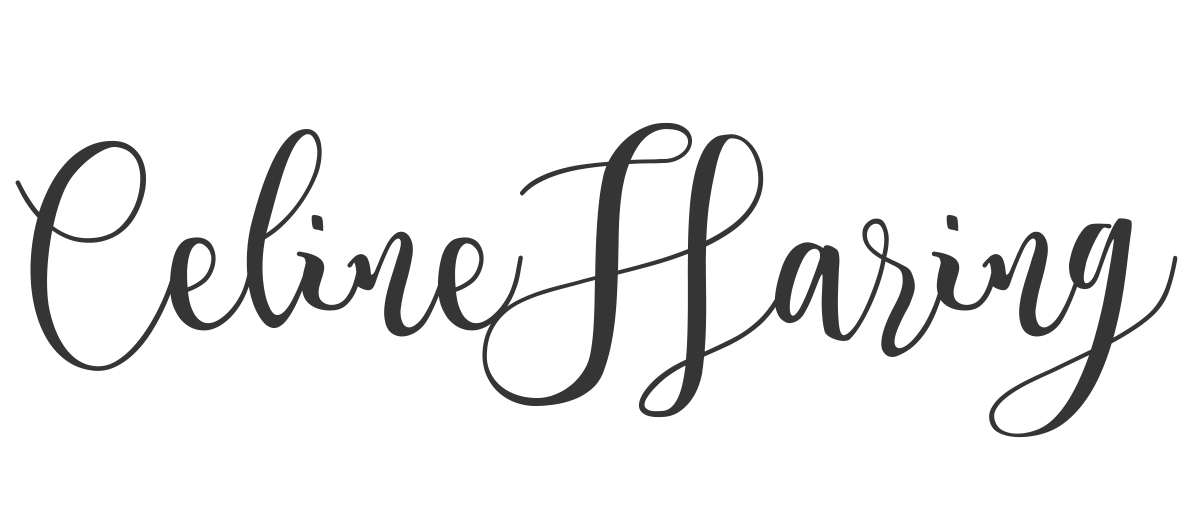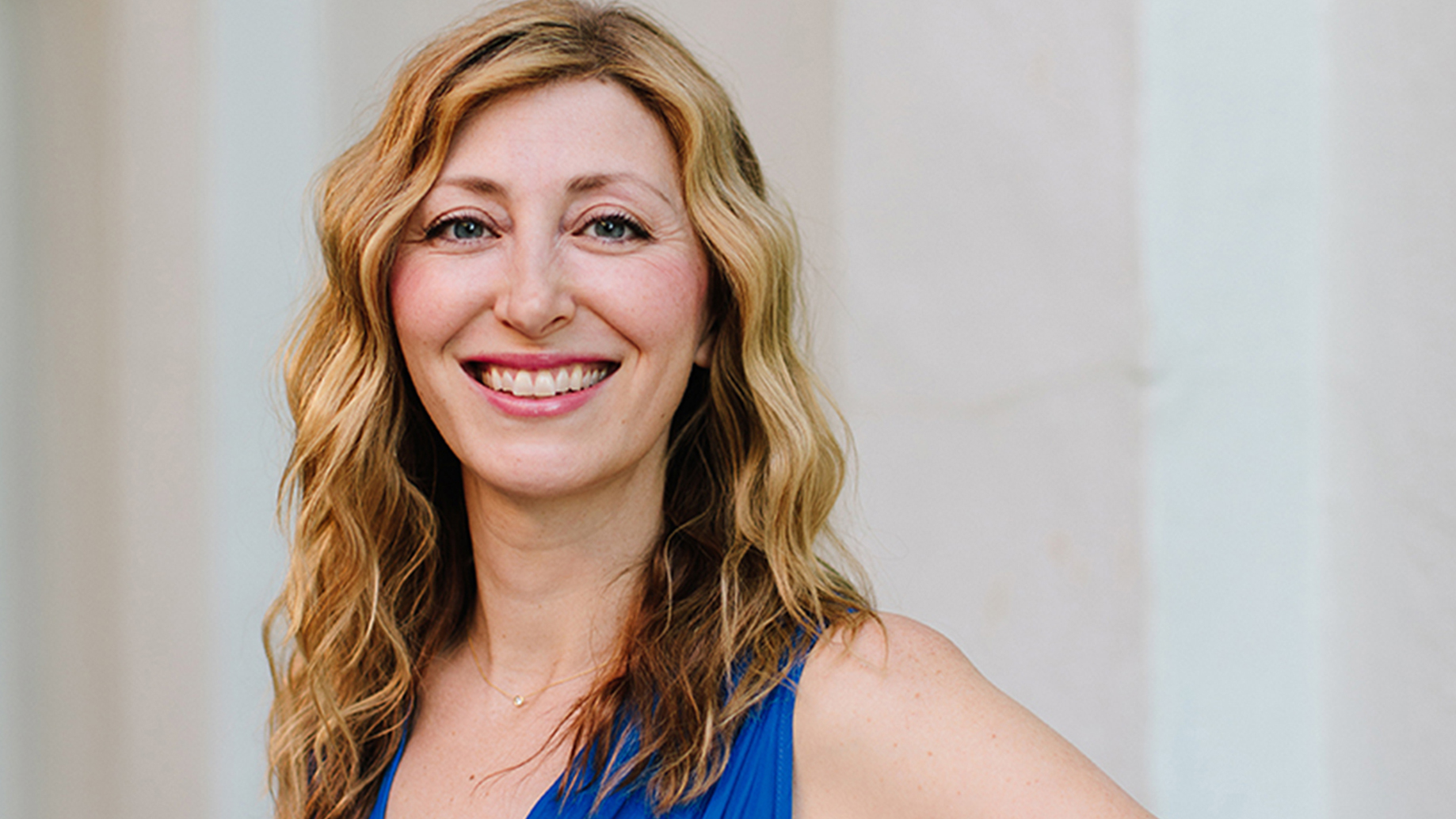What is joy? That’s a question Ingrid Fetell Lee asked herself ten years ago. Since then she discovered that certain elements – like bright colors, abundance, round shapes and patterns – are universally joyful. In her book Joyful she explains that it is time to open our eyes to the physical world. When we make small changes to our surroundings, according to Lee we can live happier, healthier lives.
You have written about the art of finding happiness all around you. How did you come up with that?
“The idea of the book came about when I was studying design, ten years ago. When my work was examined by my professor, he made a comment that seemed very strange to me. He said that my work gave him ‘a feeling of joy’. Before that point I always tought about joy as this fleeting feeling. Not something you could predict or control, and certainly not something that came from tangible, material things. This book really is an attempt to resolve that paradox. To understand that connection between the idea that there is this illusive feeling of joy, and yet there are things in our surroundings that can elicit that. As I started to do that research and tried to understand how that might have come about, I discovered that there is a pretty substantial body of research that actually shows that things in our surroundings can influence our mental health and well-being. I wanted to share that research with others.”
What surprised you the most during research?
“How so much of this research is ignored and overlooked by the psychological community. I think their field is very focused on what’s happening inside of us, on our attitude, our behaviors, and now of course the psychiatry, neurochemistry and medication. In my opinion they’ve overlooked a lot of the research that shows that our surroundings can influence us and our wellbeing for the better. For example, I found research that shows that light therapy, which requires sitting in front of a special, bright lamp, for twenty minutes a day, doesn’t júst influence seasonal depression. Years and years of research show that it influences regular depression as well. Another example is a study in Philadelphia, where they took vacant lots and they turned them into greenery. They weren’t beautiful gardens, they just planted random plants there. This reduced symptoms of depression in the population by, in some cases, up to 60%. And so, to me, the fact that we aren’t hearing about this on a regular basis, but we hear much more about diets and exercise (which of course are also important), that was most surprising.”
For years, depression has been in the top five of the highest burdens of disease and absenteeism at work. Are you saying that you believe bringing some joy in our daily life will be the solution to that?
“When it comes to finding more joy, I think it’s about tuning our senses to the joy that is already present in the world around us. ‘Joy spotting’, as I call it. Think about specific aesthetics of joy, such as noticing bright colors, a sense of patterns or texture and things that are organized neatly. When you bring those aesthetics to your own environment, like your workplace, it will have a positive effect on you. Most work environments are very dull. White walls, no greenery and for many people there aren’t even windows with natural light. Research shows that people who work in a more colorful environment are more alert, confident and friendly, than people working in draft spaces. Give the walls a pop of color. And when you can’t go into nature, bring the outside in. That is the one that really did it for me. When I brought home some plants, I was amazed at what a difference they make in a space. Studies indicate that they actually decrease our blood pressure, and some of the physiological markers of stress, so when you talk about burn-outs or depression, having things around us to help our minds to reset, that’s very powerful.”
Ingrid Fetell Lee, Joyful
“Joy is what makes life worth living… And yet for some reason, we have decided that it is superfluous – the icing on the cake, rather than an integral part of the cake itself.”
Why do you think we make those work environments to be so dull?
“I think that there’s a history of associating joy with childhood. That’s accurate right, because children are very joyful and that’s a time where we see joy as very evident. The problem is that, instead of thinking of that as childlike, we think of it as childish. And so we associate joy with childishness. I think there’s a fear that when we wear bright colors or when we build buildings that are whimsical and playful, they won’t be taken seriously. And this is sort of inscribed in the history of design and art. Think of Goethe’s writing in 1810, his theory of colors, saying that savage nations, uneducated people and children prefer bright colors, whereas people of refinement avoid them. You have Adolf Loos, beginner of the modernists movement in 1910, who had a lecture titled ‘ornament in crime’, where he basically equates the abundant, highly patterned embellished textured arts, that many indigenous cultures are part of their craft traditions, with a kind of a loose morality. And so there are lots of reasons why we see these things as something we have to hold ourselves back from. We’ve basically pushed joy to the edges. It gets to live where children are. Primary schools, playgrounds. Or spaces of leisure. Hotels, resorts, amusement parks, nature preserved beaches. And everything else has to be seen as serious. And so, we strip the joy out of it.”
Did you need some joy in your life before writing this book?
“Sure, I think so. I mean, we all need joy in our lives. But for me, the idea that joy just came and went when it pleased, left me feeling very vulnerable to the up’s and down’s of life. It’s not to say that we should be happy all the time, because I don’t think we should be. But I do think that being able to buffer some of that stresses, is a tool for resilience. That was very powerful for me. The other thing I had to do was make the distinction between joy and happiness, because in my opinopn the way that we presume happiness often makes us unhappy. ‘I’ll be happy when…’ is one of the worst sentences in any language. The reality is that that’s always going to be a moving target. And so we pursue these big milestones in life that we think are going to make us happy. Often that pursuit takes us away from the daily little moments of joy. What happens then is that we don’t spend time with our families or friends, because we’re working to get that promotion and save money for that big house. We don’t take time to occasionally buy ourselves flowers because that might bring us joy, because we’re so focused on these bigger goals. And yet when we focus on joy, we take a moment to actually appreciate those little things in the moment. They start to add up over time. I think for me it’s really affected my own level of happiness, because I focus on my happiness and wellbeing, and I don’t worry so much about the big stuff anymore. Why would I when I can focus more on the little stuff, because that’s what I can control and I can do in the moment.”
You can’t, however, always feel joyful.
“My hope for people is that we can all have a richer experience to the world. Where we let ourselves feel feelings. And so to me, if I feel angry or sad, it’s a sign. I need to pay attention to that anger, to understand what it is about. But if it’s persistent, I think it’s good to also acknowledge that you can also find moments of joy within that. If I’m having a fight with my husband, for example, because that’s natural right? When you have lived together with someone for a long time you’re going to get angry about things. Being able to look for things to laugh about in the midst of it can break the tension, and remind us that we’re on the same side. That we’re actually trying to find a solution together. That doesn’t mean I’m not still angry about that specific argument. Those two things can coincide. That’s why we shouldn’t try to be happy all the time. We should feel other feelings, but also recognize that we have glimpses of joy in a midst of all those difficult emotions.”


